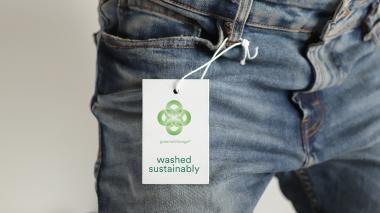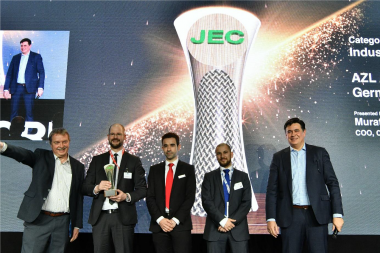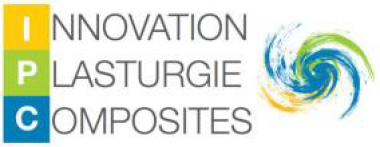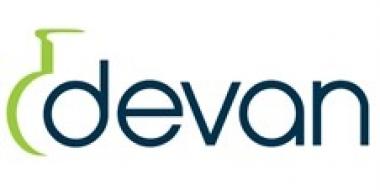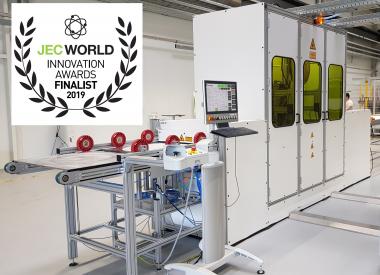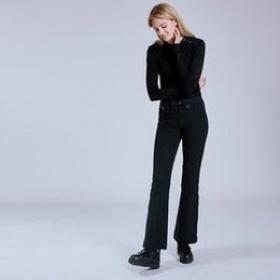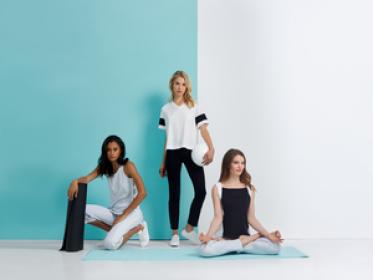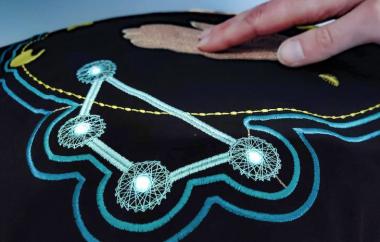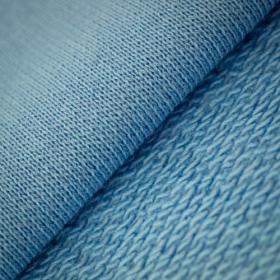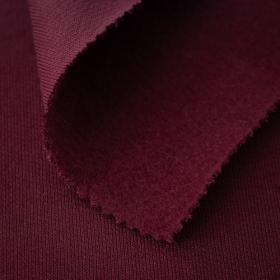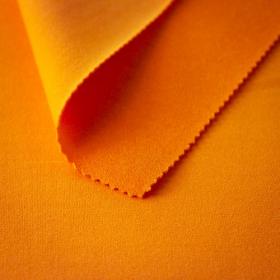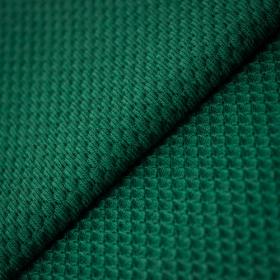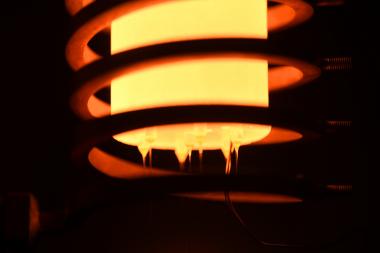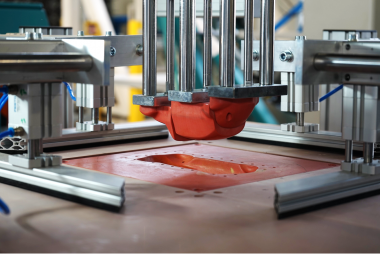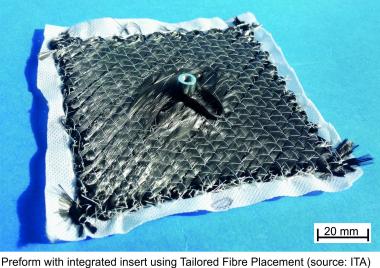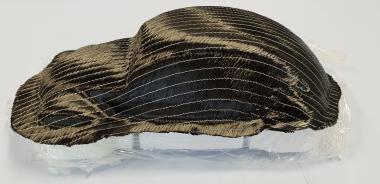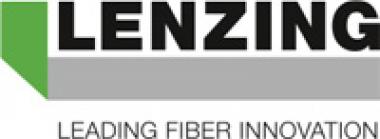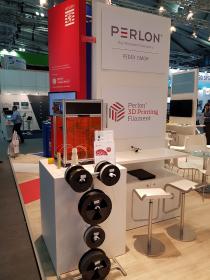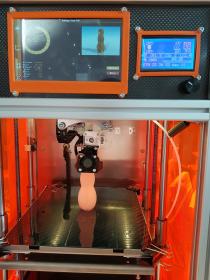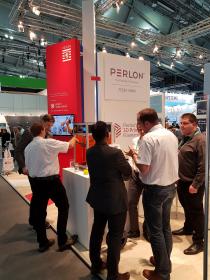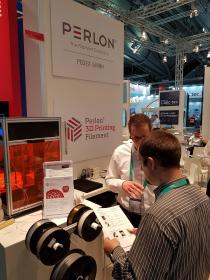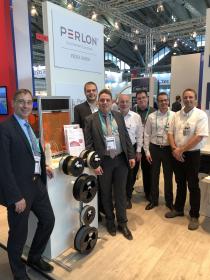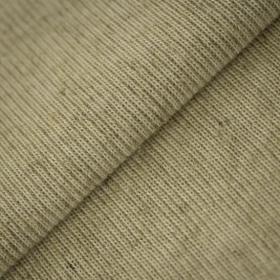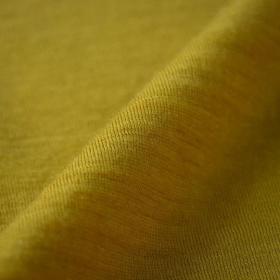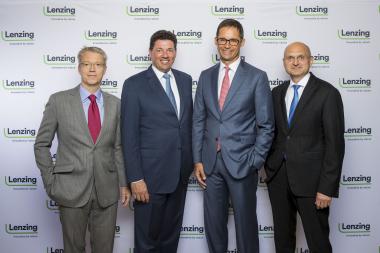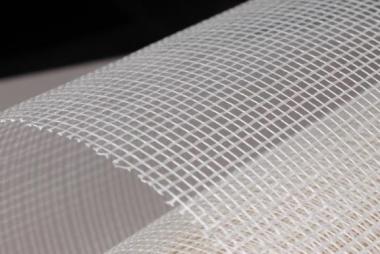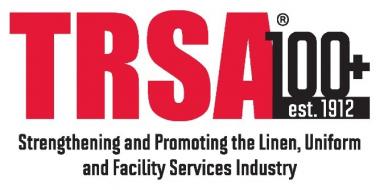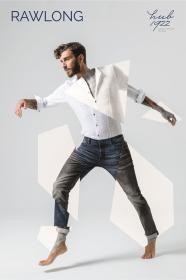AZL and Partner Institutes present lightweight processes and equipment during AZL Open Day
On April 11th, 2019, the 9 Partner Institutes of the AZL opened the doors of their machinery halls and research labs to provide an extensive and on-site insight into the research and development capaci-ties in the field of lightweight production and composites at the RWTH Aachen Campus. As a special highlight of this year, the AZL presented the "iComposite 4.0" self-optimizing process chain: fiber-spraying - dry fiber placement - adaptive RTM as well as AZL´s new prototype machine development "Ultra-Fast Consolidator Machine" for highly productive and flexible processing of thermoplastic tapes with in-situ consolidation (winner of the JEC World Innovation Award 2019).
More than 100 Participants from external companies as well as from the AZL Network had the possibility to experience updates on the latest lightweight production technologies and equipment, get to know the bene-fital infrastructure on the Campus and network with internationally represented companies of the entire light-weight value chain researches by taking part in five guided tours to the lightweight institutes.
The AZL brought together content in the field of textiles (ITA), plastics and composite materials (IKV), pro-duction technology (WZL, IPT, ILT, and ISF), quality assurance and production-integrated measurement technology (WZL), lightweight design (SLA), automotive production (IKA) as well as multi-material systems and process integration (AZL).
Once a year at the Open Day, the AZL offers an exclusive and widespread unique insight into the R&D capacities of the institutes in the field of lightweight and composite technologies on the campus of RWTH Aachen University. Within walking distance, researchers and students from 9 institutes are working on the latest technologies for the cost-efficient development and production of lightweight components within one of the largest research landscapes in Europe. The research, closely involving industrial companies, covers the entire value chain from fiber production, materials and processing technology to quality assurance and com-ponent testing.
AZL Aachen GmbH







